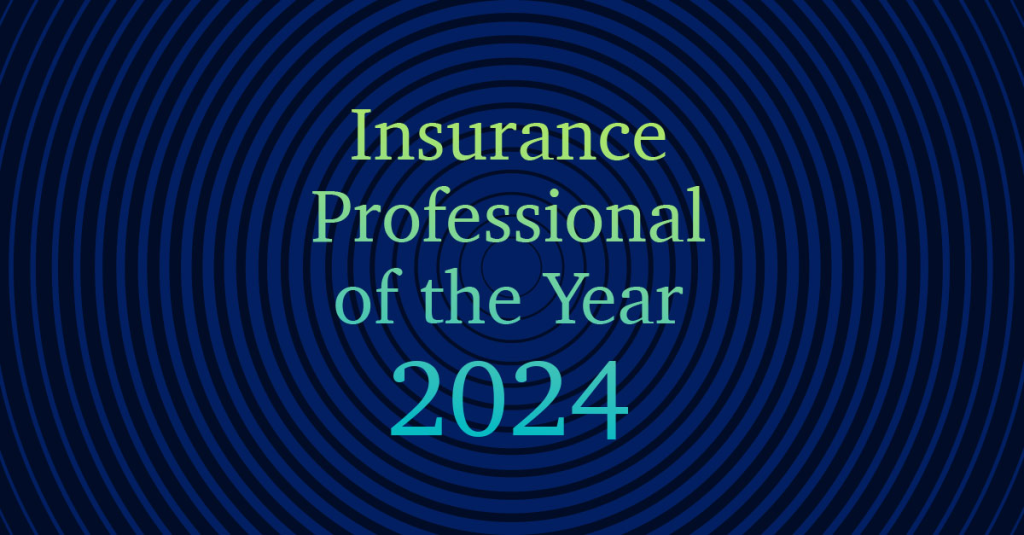Let’s be honest, AI is already being widely used in P&C and is making automated decisions every day. The question is whether these are decisions of consequence, and in some cases, the answer is yes. But in most cases, they are not. Many repeatable tasks have been automated via AI capabilities: improving efficiencies and speeding up workflows. This is good and important for the industry… but otherwise does not greatly impact how we select and price risk, adjust claims, etc. Sure, there are great ML models that give us new insights in these areas, but for the most part, it augments human expertise—it is input to the decision, not the automated decision itself.
This topic has been elevated in importance as ChatGPT and other generative AI tools have burst onto the scene. Of course, it is not as if generative AI is new; these capabilities have been around and maturing for many years. However, the November 2022 release of ChatGPT 3.0 took the world by storm and raised the public’s consciousness about the power, potential, and problems with this category of AI solutions.
But back to P&C insurance. I do believe that AI decisioning—without humans in the loop—will occur more and more in insurance. The debate is all about the timing. At the recent ReSource Pro Summit, we asked a panel of experts and the audience if they thought generative AI would significantly impact insurance jobs in the next 12-18 months. As you might expect, the result was mixed. Some said it was hype. Others said it was reality. And a third group (including myself) was somewhere in the middle.
So should we trust AI to make P&C decisions? My view—which I reserve the right to change as technology advances—is that there should be a human in the loop for the near term any time there are measurable financial implications, risk assessment for all but the simplest risks, claims damage estimates for most claims, pricing decisions, reserving decisions, and others. But that leaves a wide range of use cases across the enterprise: conversational chatbots for agent or policyholder help desks; triage decisions for underwriting or claims; identifying potentially fraudulent claims, or rate evasion on the underwriting side. AI solutions are already in play for these types of use cases by helping to move the process to the next step, where a human expert often reviews and uses judgment.
And, of course, there are many tasks common across all industries that apply to insurance as well, such as writing letters or creating collateral, gathering information from web/public sources, querying databases… the list goes on.
In a way, I have no conclusion on the topic. The technology is advancing so rapidly that it is difficult to predict what capabilities will be available a year or two years from now—let alone the accuracy levels. I can argue that much of insurance is complex and will always require human experience and expertise. There is a strong case for that. But it would be a mistake for the industry to be too complacent regarding AI. AI is poised to transform much of our world, and it is wise for insurance professionals to understand developments and dive in to get hands-on experience.
There will always be a need for deep insurance expertise from industry professionals. The challenge will be to harness AI tools in the right places and adjust the blend of humans and tech over time.




